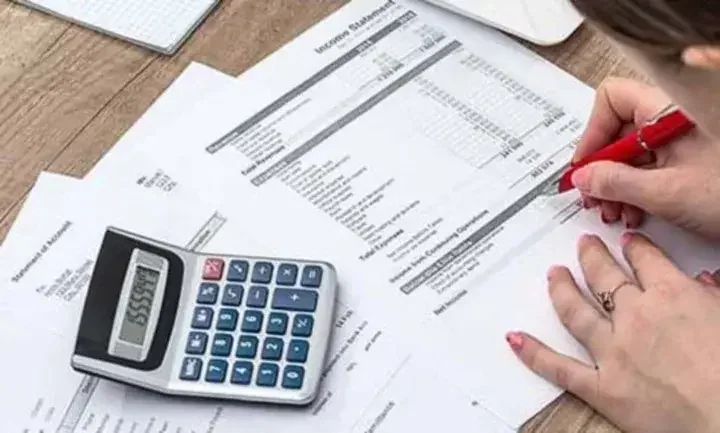If a potential creditor has asked you to provide a profit and loss statement to help it assess the financial health of your business and determine what amount of credit, if any, it should extend to your business, you may be wondering which financial statement they're referring to.

Within accounting circles, a profit and loss statement is sometimes also known as an income statement. An income statement is one of the four main financial statements prepared by businesses for tax and other business purposes. At its most basic, the profit and loss statement gives users information about a business's revenue, its expenses, and its net income.
Profit and loss statement: Definition
A profit and loss statement, also known as an income statement or P&L statement, is a financial statement that sets out a business's revenue and gains, and expenses and losses, over a specific period of time (generally a reporting period such as a quarter or a year), and then calculates the business's net income based on these amounts.
How to make a profit and loss statement
Creating a profit and loss statement can be an easy task if you simply will be grouping together your revenue and gains and your expenses and losses, and then using these numbers to calculate net income. If you wish to provide more information, however—by categorizing your revenue and expenses and calculating other income measures such as gross profit and operating income—then the task of preparing a profit and loss statement can become more challenging.
Whether you take the more detailed approach or the simpler approach will depend on the projected use of your completed profit and loss statement. For example, if you wish to provide a potential creditor with a profit and loss statement to aid them in assessing the amount of credit they wish to extend to your business, you will want to prepare a more detailed profit and loss statement, as that will give creditors the information they'll require in order to make their credit decision.
But what if you just need something simple? You can prepare a basic profit and loss statement that focuses mainly on net income simply and easily on a spreadsheet:
- Enter your business's revenue and gains on one line. If desired, you can also provide an itemized list of your revenue and gains.
- Enter your business's expenses and losses on another line. Again, if desired, you can also provide an itemized list of your expenses and losses.
- Calculate net income by subtracting your total expenses and losses from your total revenue and gains. You will place this net income on its own line.
Reading a profit and loss statement
If you're looking at a profit and loss statement that's already been prepared, how do you read it properly to get the information that you need?
With a basic profit and loss statement, you will be able to see a business's net income—also commonly referred to as its bottom line—at a glance. If you are looking at a more in-depth and detailed profit and loss statement, it will provide you with other income-related figures such as gross profit and operating income. As with net income, each of these figures will be calculated and placed on its own line.
It also will be informative to compare profit and loss statements across different periods of time, in order to see how revenues and expenses may be changing. If your revenues are growing—but not as fast as your expenses are growing—you can identify steps to take to improve your business's financial position.

